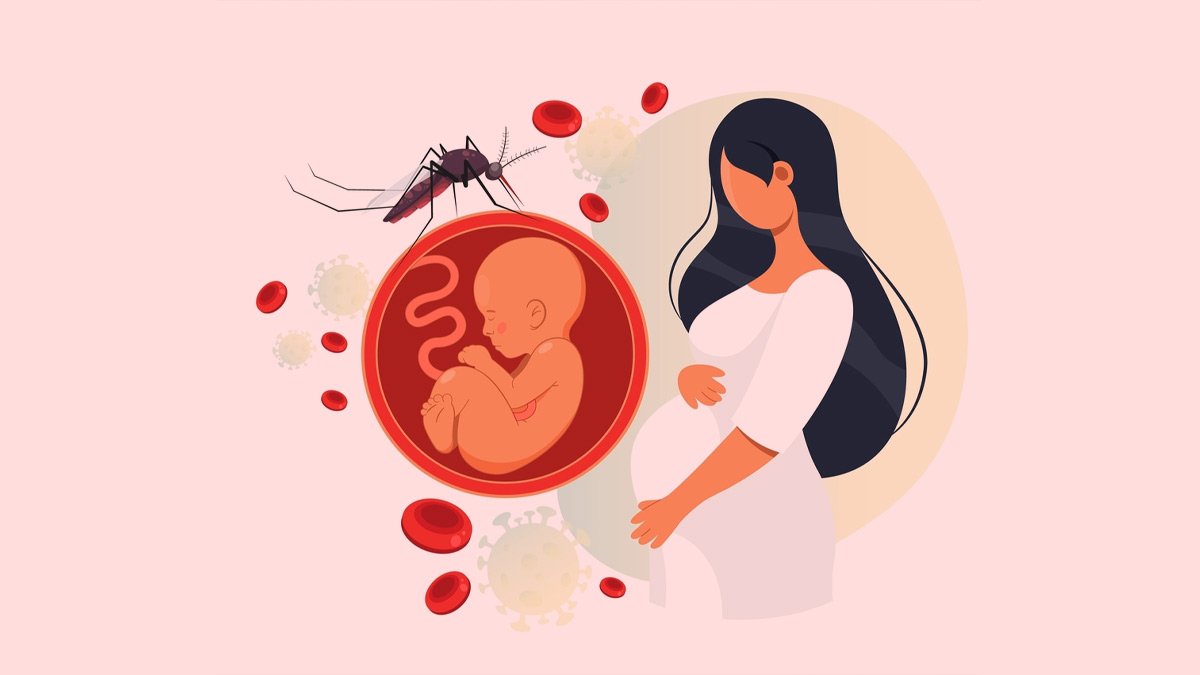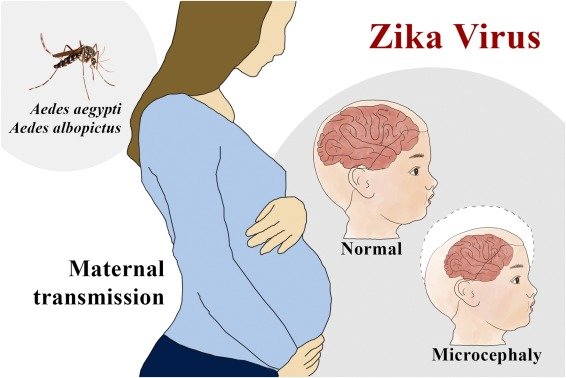The Zika virus continues to be a major health concern, especially for pregnant women. Recent outbreaks, such as the one in Pune, have highlighted the need for updated guidelines and increased awareness of the virus’s potential dangers. This article compares the latest guidelines for the safety of pregnant women and the hidden dangers associated with Zika virus infections.

Understanding the Zika Virus
The Zika virus is primarily transmitted through the bite of an infected Aedes mosquito. It can also be transmitted through sexual contact, blood transfusion, and from mother to fetus during pregnancy. The virus is particularly concerning for pregnant women due to its association with severe birth defects.
New Guidelines for Pregnant Women
Recent updates to the guidelines aim to provide clear and comprehensive advice for pregnant women and those planning to conceive. Here are the key points from the new guidelines:
1. Preventive Measures: Pregnant women are advised to take stringent preventive measures to avoid mosquito bites. This includes using mosquito repellents, wearing long-sleeved clothing, and staying in air-conditioned or well-screened rooms.
2. Travel Advisories: Pregnant women are recommended to avoid traveling to areas with active Zika virus transmission. If travel is unavoidable, they should follow all preventive measures strictly.
3. Screening and Testing: Regular screening and testing for virus are advised for pregnant women who have traveled to or live in areas with Zika outbreaks. Early detection can help manage and mitigate risks.
4. Sexual Transmission Precautions: It is advised to practice safe sex or abstain from sexual activity with partners who may have been exposed to the virus.
Hidden Dangers and Long-Term Effects
The Zika virus can lead to a range of health issues, from mild symptoms to severe complications. Understanding these hidden dangers is crucial for expecting mothers:
1. Mild Symptoms: Most people infected with the Zika virus experience mild symptoms such as fever, rash, joint pain, and conjunctivitis. These symptoms typically last for several days to a week.
2. Severe Birth Defects: The most significant risk associated with virus infection during pregnancy is microcephaly, a condition where a baby is born with an abnormally small head and brain damage. This can lead to developmental delays and lifelong disabilities.
3. Guillain-Barré Syndrome: In rare cases, Zika virus infection can trigger Guillain-Barré syndrome, a condition in which the immune system attacks the nerves, leading to muscle weakness and paralysis.
4. Long-Term Effects: The long-term effects of Zika virus infection are still being studied. There is ongoing research to understand the potential impact on children’s health as they grow older, as well as the long-term neurological effects on infected adults.

Comparison of Guidelines and Hidden Dangers
By comparing the recent guidelines for pregnant women and the hidden dangers associated with virus, it becomes clear that awareness and preventive measures are crucial. The guidelines focus on prevention, early detection, and careful monitoring to protect both the mother and the unborn child. On the other hand, understanding the hidden dangers emphasizes the need for vigilance and proactive healthcare measures.
In conclusion, the virus remains a significant threat, particularly for pregnant women. The new guidelines provide essential advice for minimizing the risk of infection, while awareness of the hidden dangers underscores the importance of preventive measures and early detection. By staying informed and taking the recommended precautions, expecting mothers can better protect themselves and their babies from the harmful effects of the Zika virus.
